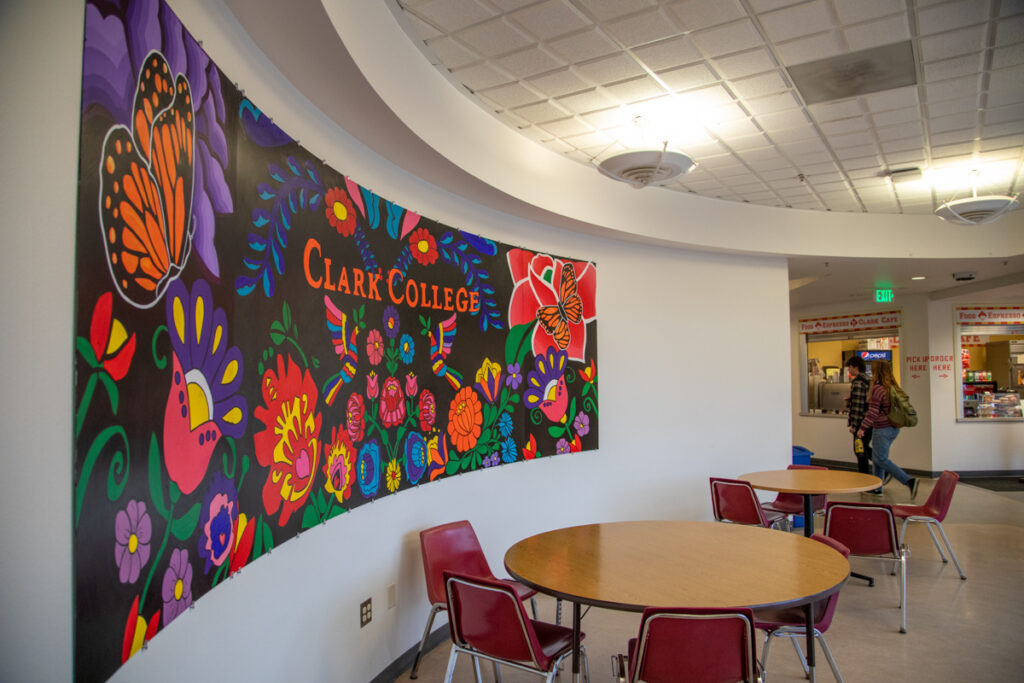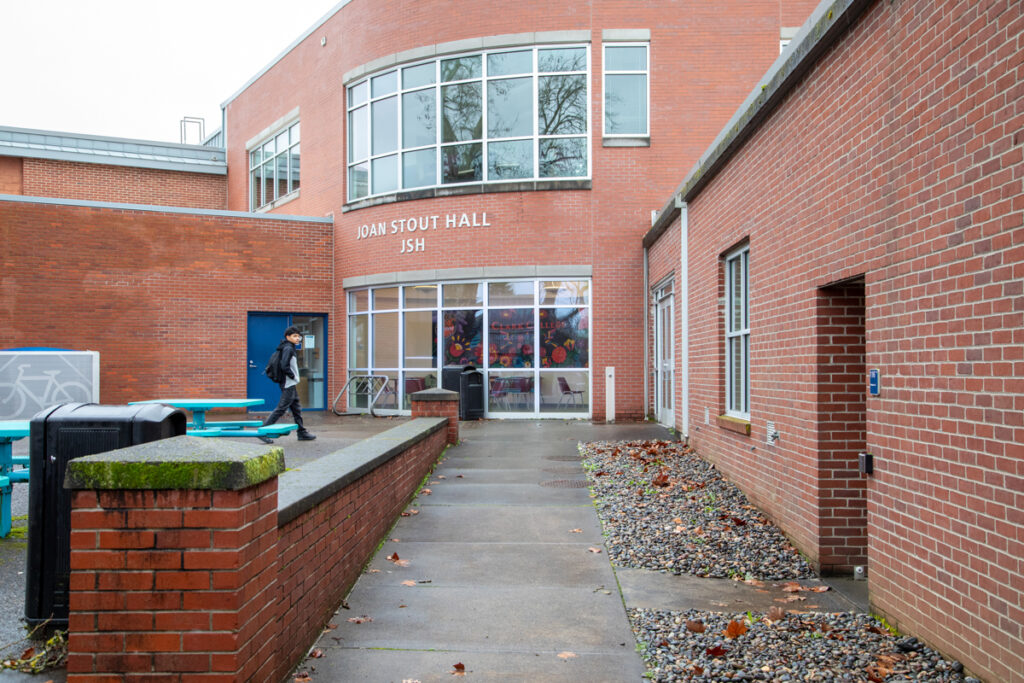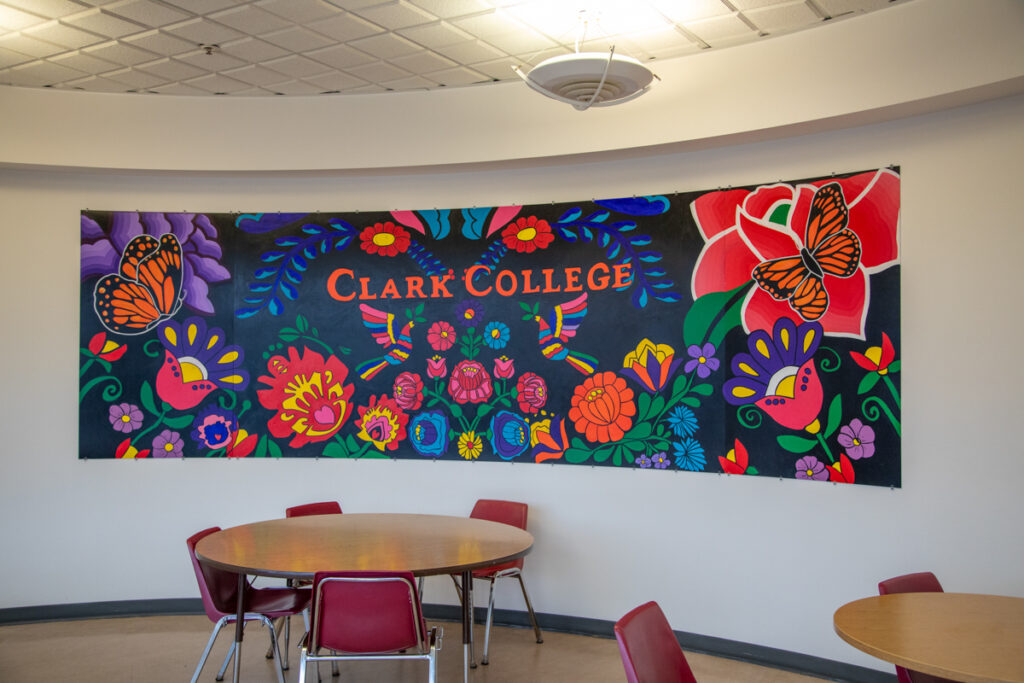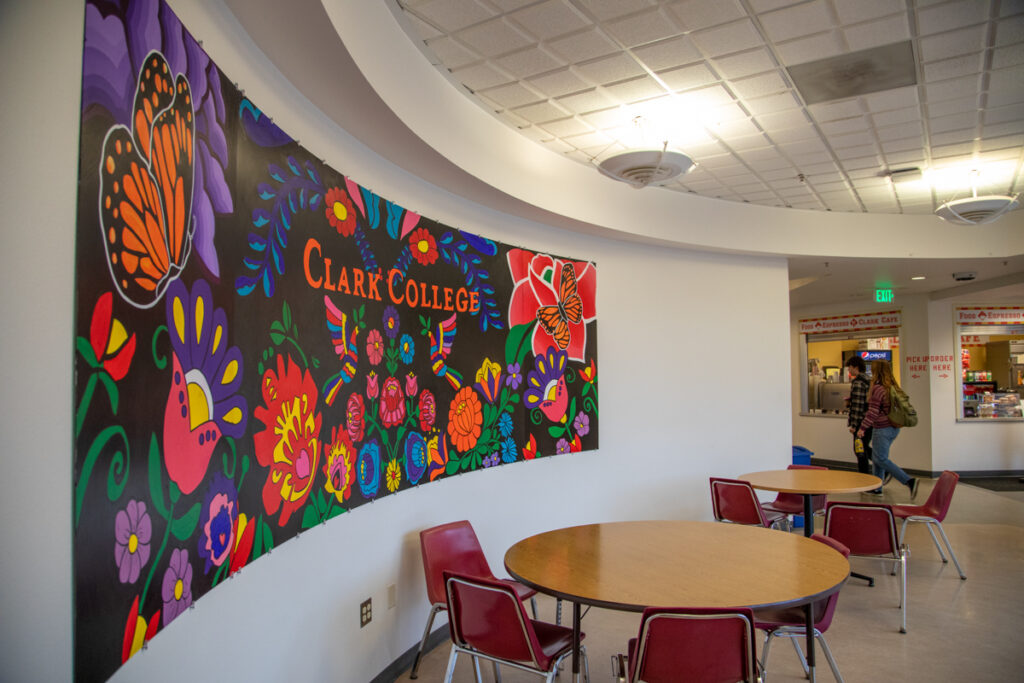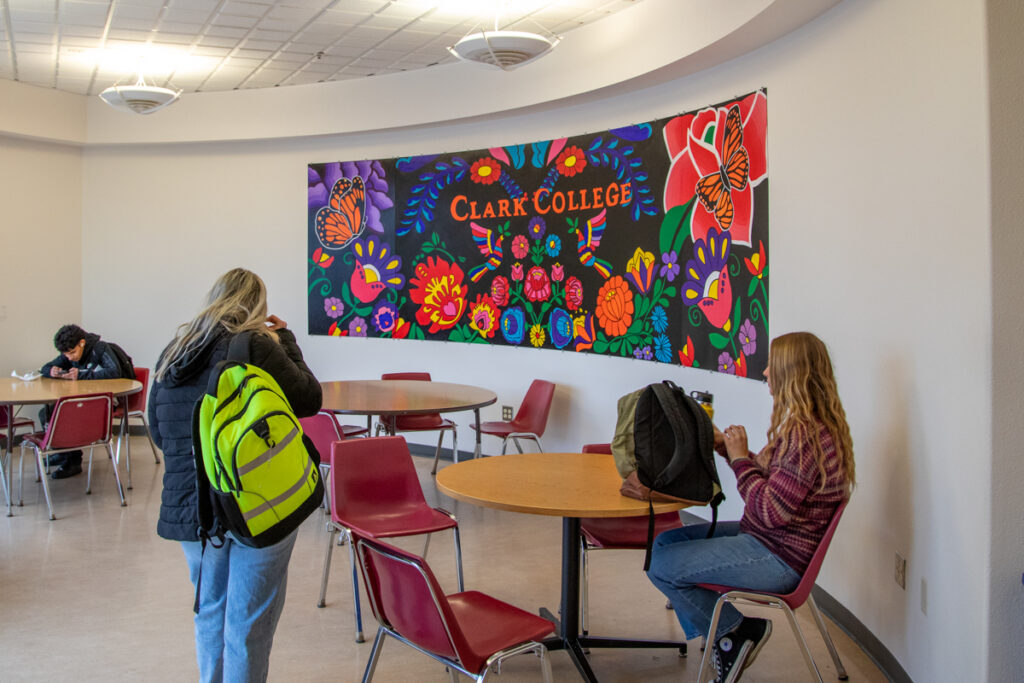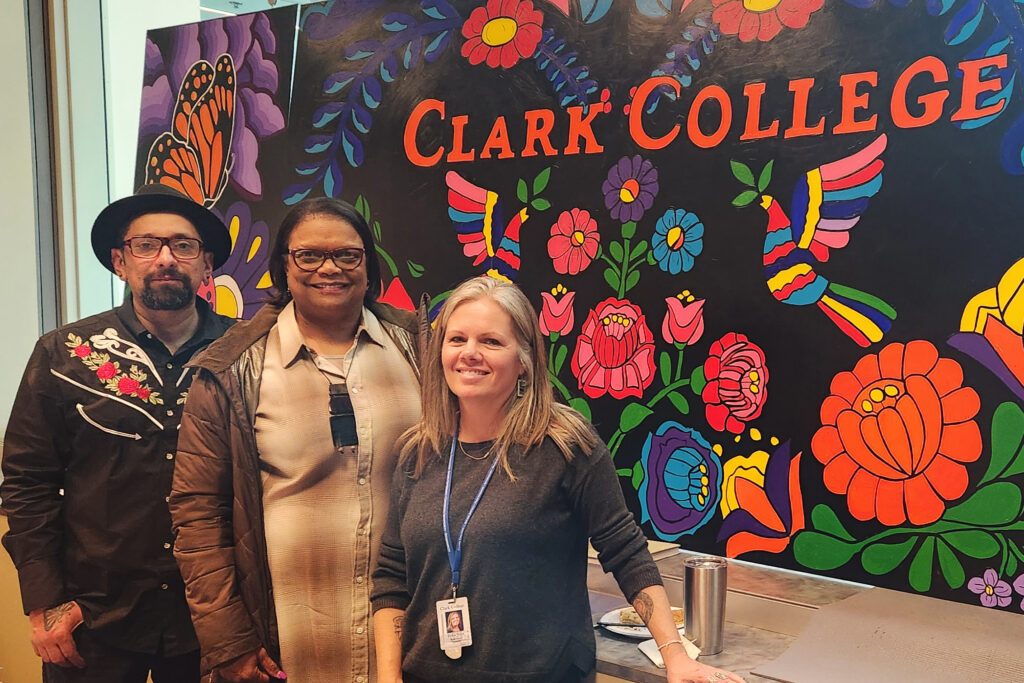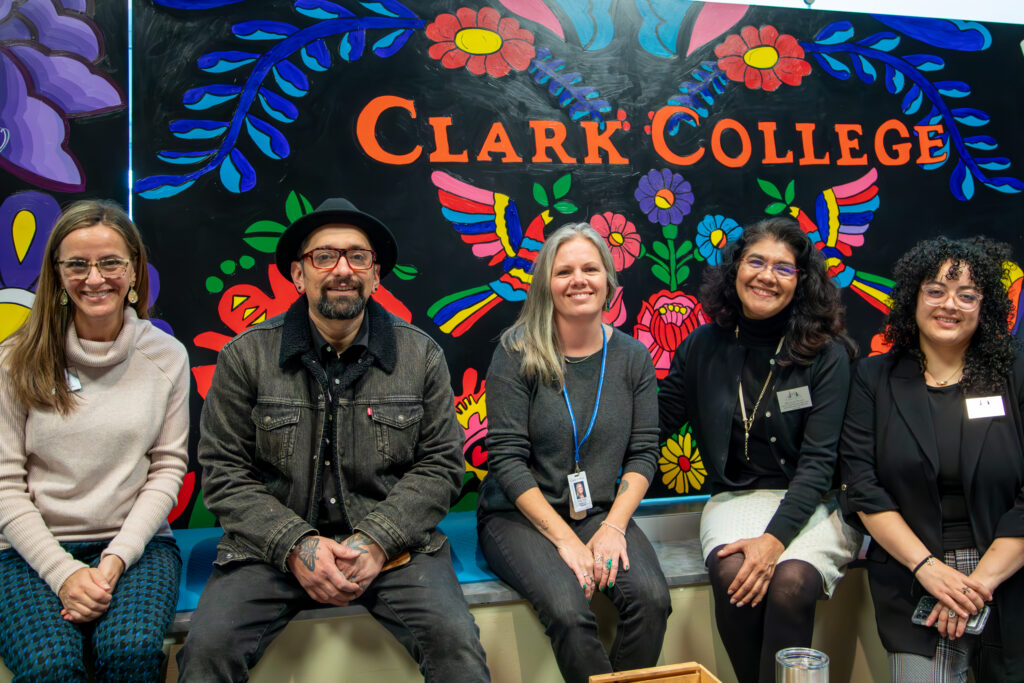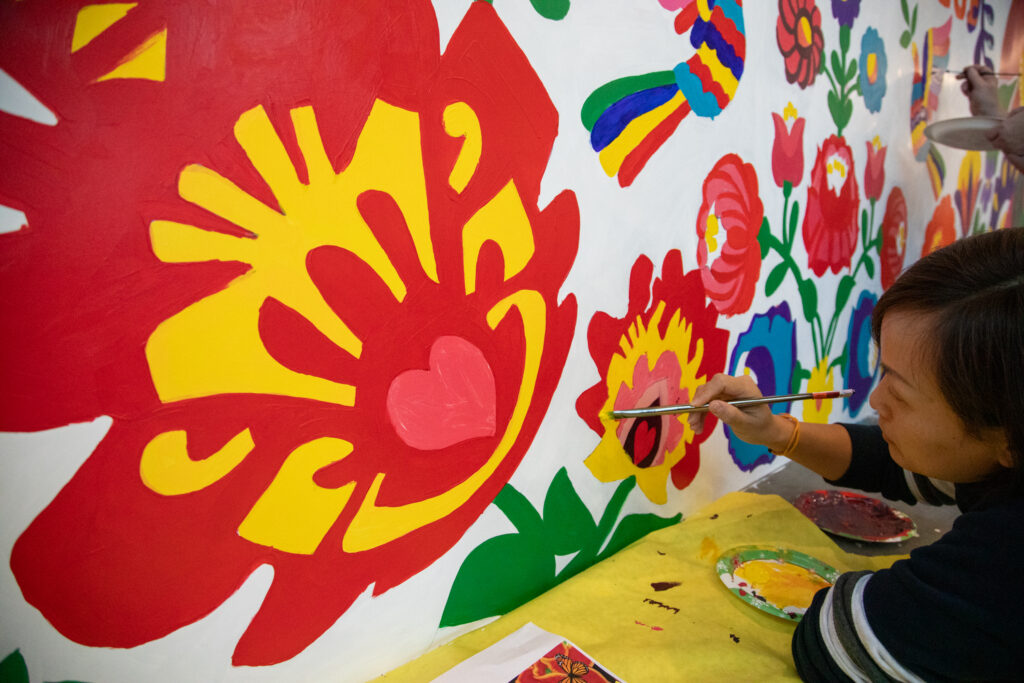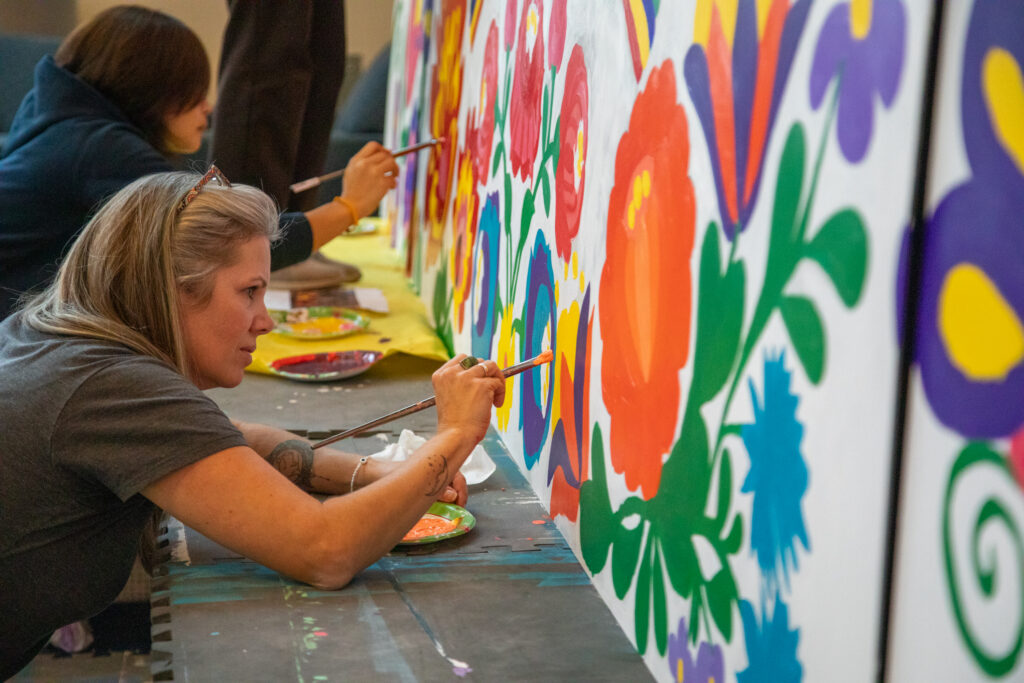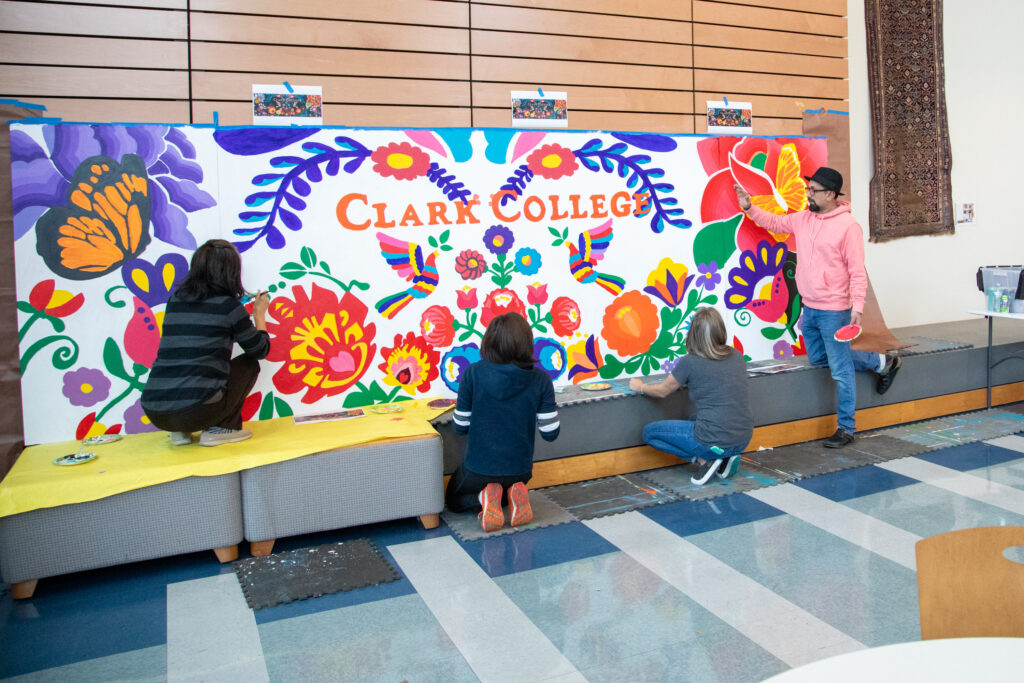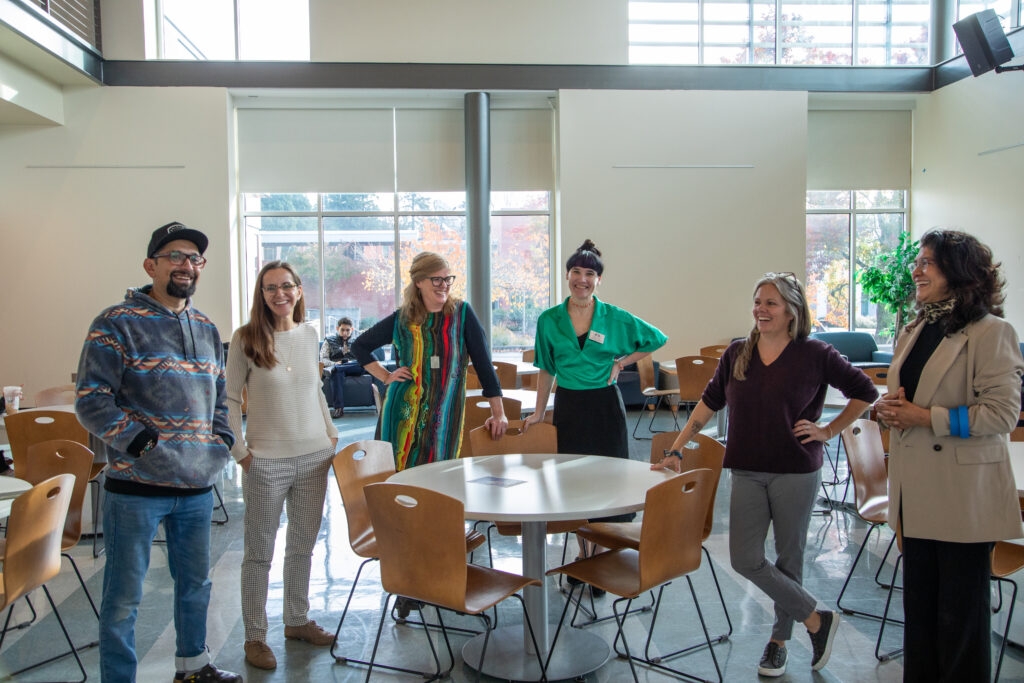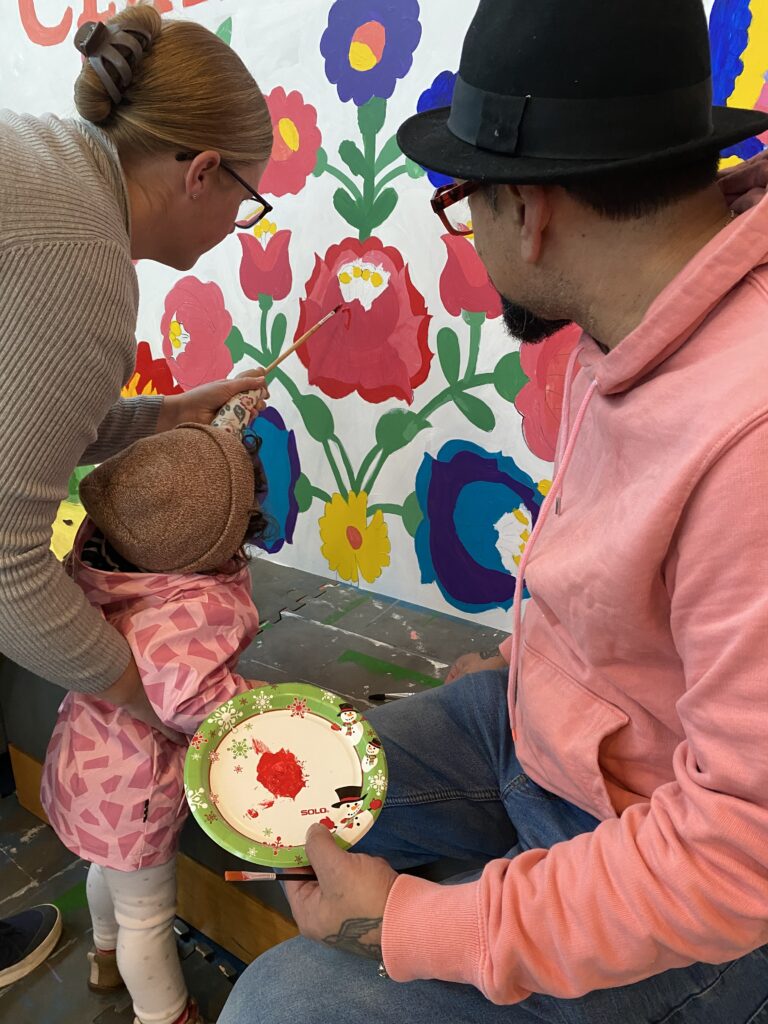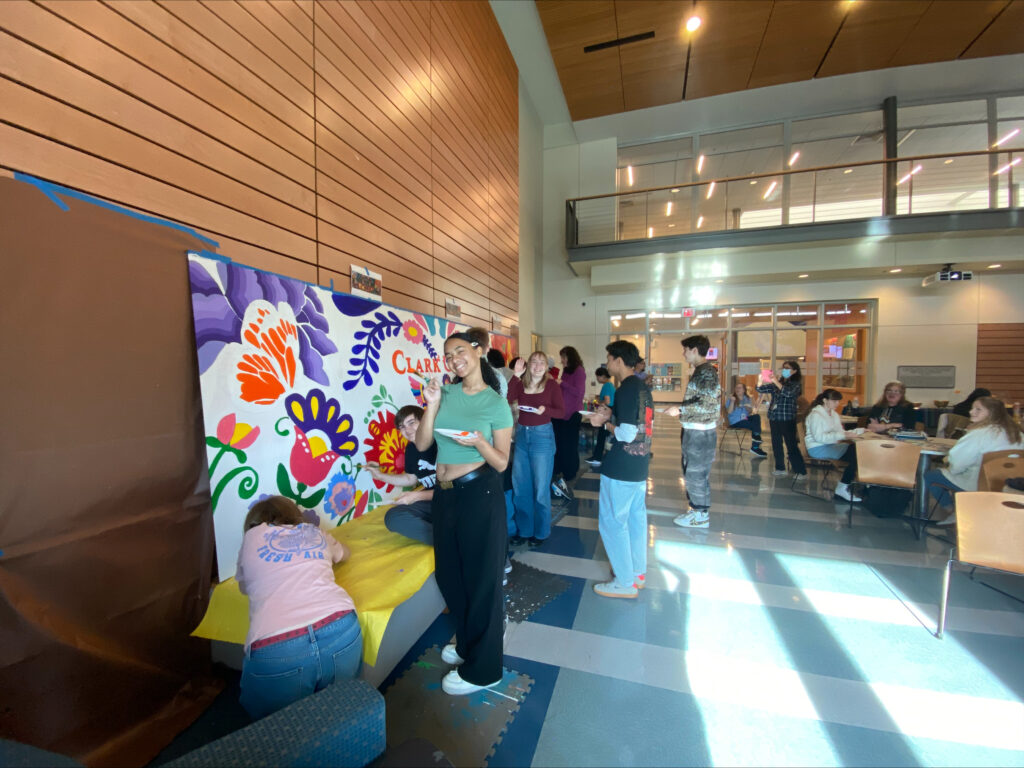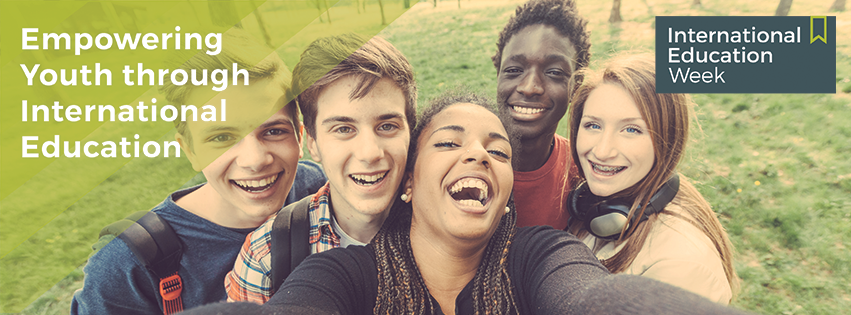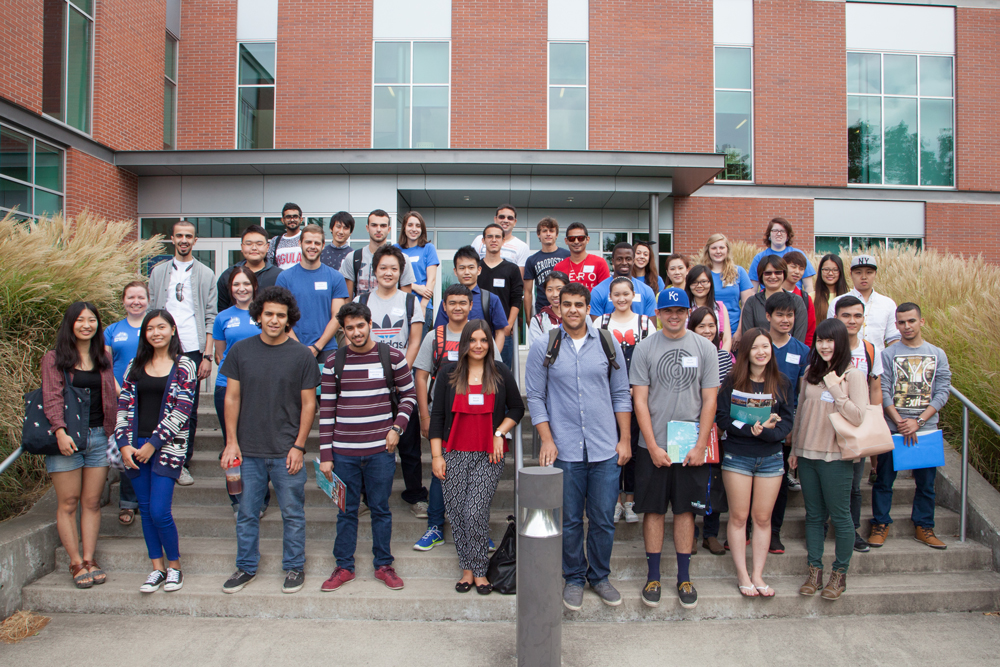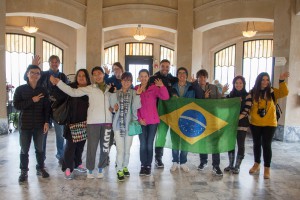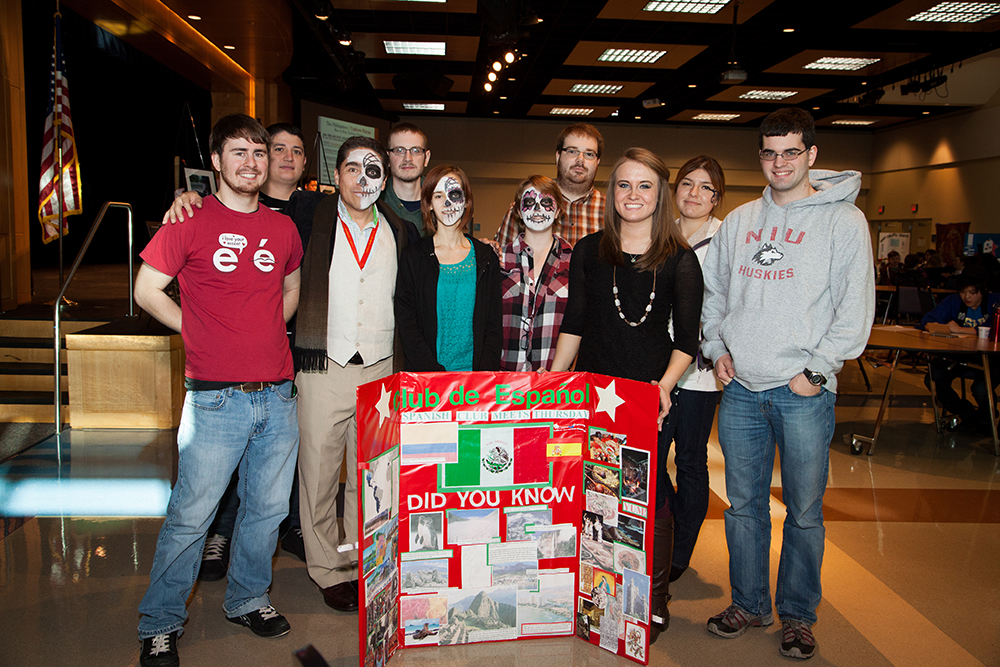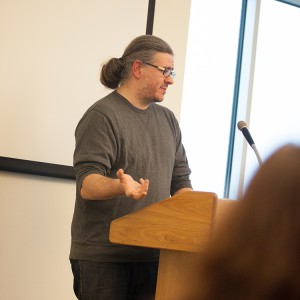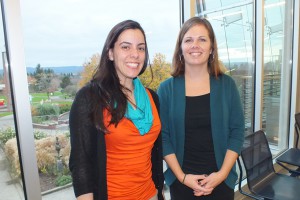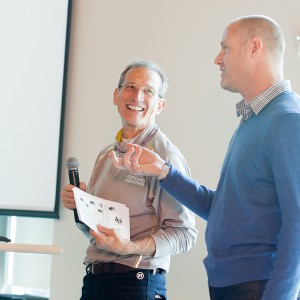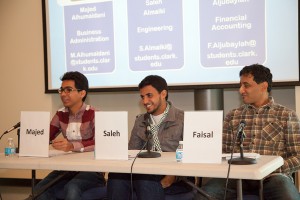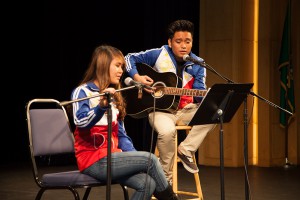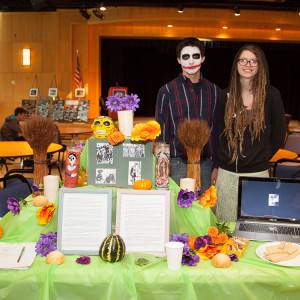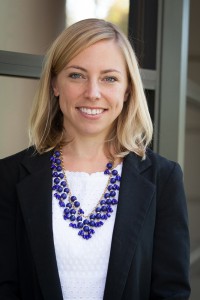Celebrate World Cultures on International Day
Story Submitted by International Programs
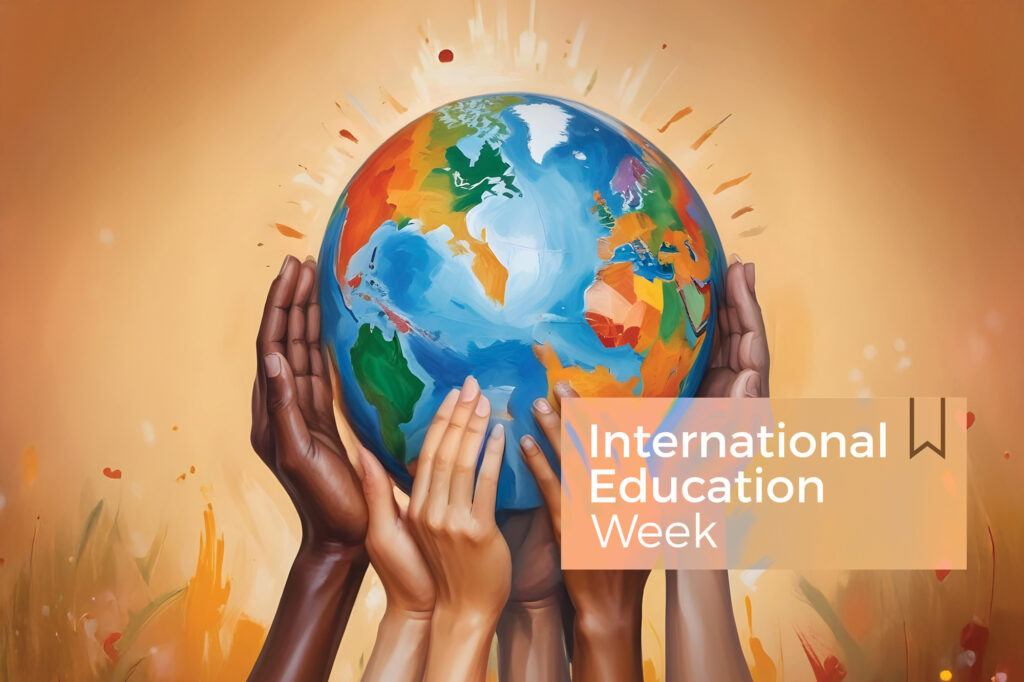
Have you ever wanted to dance Bollywood style in a flash mob? Now’s your chance!
The International Day planning committee is offering a free Bollywood dance lesson with Portland-based instructor, Poorna Sridhara. In this session, you’ll learn basic dance moves to a vibrant Bollywood song — so that you can hit the dance floor with confidence and join the fun in a flash mob-style performance on Thursday when we celebrate International Day. Wear comfortable clothing and footwear so that you can move around freely and come ready to dance and have some fun!
Bollywood Dance Lesson (Free!)
- Monday, February 24 from noon to 1 p.m.
- Gaiser Hall, Room 213
- Learn the moves to a lively, upbeat Bollywood routine with Poorna Sridhara!
- Limited space — first come, first served.
What is Bollywood dance?
Bollywood dance is a colorful and theatrical style that blends traditional Indian dance with contemporary Western influences. Known for its expressive movements and high energy, this dance style is a hallmark of Indian films, commonly known as Bollywood movies. Sample Bollywood dance here.
Both the Bollywood dance lesson and International Day are free events open to the entire college community. Don’t miss out on the fun!
International Day
Thursday, February 27 from 10:30 a.m. to 1:30 p.m. (see estimated schedule below)
Gaiser Student Center
Presented by International Programs, the Office of Diversity, Equity, and Inclusion, and Clark’s World Languages program
Enjoy the following fun, engaging, and FREE activities:
- Free food from around the world!
- Henna tattoos
- Interactive dance demonstrations: Bollywood, Peruvian, Cumbia, and Samba
- Info on clubs, programs, and community partners
- Chinese drummers and dragons demonstration
- Study Abroad information
- Language Lab
- Giveaway prizes
- More!
| Schedule of Events (times are approximate) |
| 10:30 a.m. Welcome & Opening Remarks, Henna Tattoos, Language Lab, and Vendors open |
| 10:40 – 10:50 a.m. International Student Panel video |
| 10:55 – 11:15 a.m. Bollywood dance demonstration* |
| 11:20 – 11:40 a.m. Peruvian dance demonstration* |
| 11:45 – 11:55 a.m. Colombian Cumbia dance demonstration* |
| 11:55 – 12:00 p.m. Giveaway & Scholarship announcement + Food served |
| 12:00 – 12:15 p.m. Vendor time + International food sampling |
| 12:15. – 12:30 p.m. Chinese drummers, Oregon Chinese Coalition |
| 12:30 – 12:40 p.m. Dragon demo, Oregon Chinese Coalition |
| 12:40 – 1:30 p.m. Samba Dance Demo / Spanish Club* |
About International Day
International Day is a highlight of International Education Week, a global celebration of the benefits of international education and cultural exchange. This joint initiative of the U.S. Department of State and the U.S. Department of Education promotes programs that prepare Americans for a global environment and attract future leaders from around the world to study, learn, and exchange experiences.
Learn more
- Check out the International Day Facebook event page. Help spread the word!
- Questions? Email international@clark.edu
